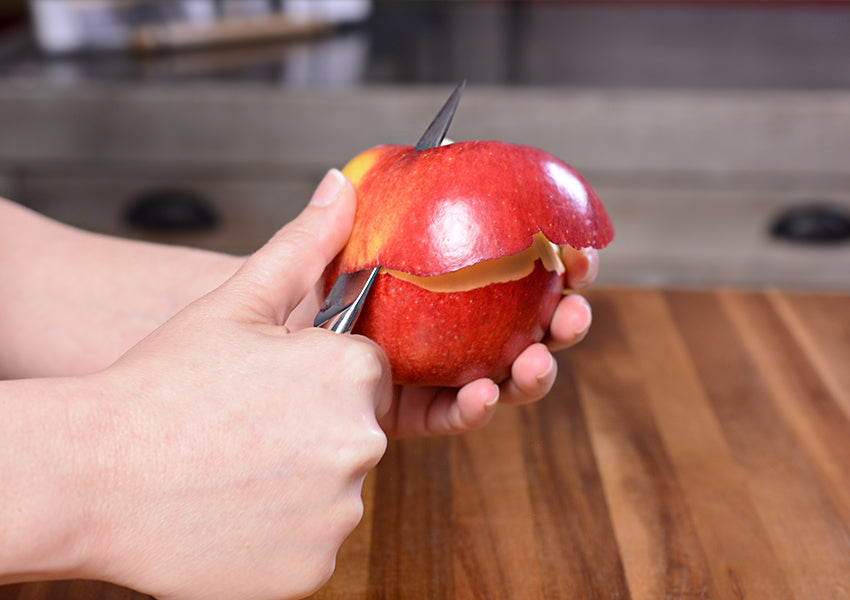Accidents in the kitchen are common, and knife cuts are one of the most frequent mishaps. Knowing how to clean knife cut effectively is essential for both hygiene and quick recovery. Improper wound care can lead to infections or delayed healing. Therefore, learning the correct steps is vital for anyone, whether you’re a professional chef or just someone who loves cooking at home.
This guide will provide you with all the information needed to understand and apply the proper techniques to clean a knife cut. Alongside this, well discuss preventive measures, frequently asked questions, and other vital points to build your confidence in handling accidental injuries.

Why Cleaning a Knife Cut Matters
When dealing with a knife injury, the first and most crucial step is cleaning. A knife cut can expose the wound to germs and bacteria, increasing the risk of infection. Not cleaning the wound correctly could also lead to complications that may require medical attention. By focusing on how to clean knife cut, you ensure that the healing process begins correctly and swiftly.
Step-By-Step Guide to Clean a Knife Cut
1. Stop the Bleeding
Press gently on the wound using a clean cloth or gauze until the bleeding stops. Keeping the hand elevated can also help reduce bleeding.
2. Wash Your Hands
Your hands can carry bacteria. Before tending to the wound, use soap and water to wash your hands to avoid further contamination.
3. Rinse the Cut
Gently rinse the wound under cool running water. This removes dirt, debris, and bacteria from the site, ensuring a cleaner wound.
4. Use a Mild Antiseptic
After rinsing, apply a mild antiseptic or hydrogen peroxide solution to kill bacteria and prevent an infection.
5. Dry the Area
Pat the wound dry with a sterile cloth or gauze. Avoid rubbing the area as it may cause irritation.
6. Apply Antibacterial Ointment
For added protection, apply a thin layer of antibacterial ointment to the cut.
7. Cover with a Bandage
Protect the wound from dirt and bacteria by covering it with a sterile bandage.
Precautions While Cleaning a Knife Cut
- Ensure the knife is clean before use to minimize contamination risks.
- Avoid using unclean water to rinse the cut.
- Do not apply harsh chemicals on the wound.
- Change the bandage daily or when it becomes wet or dirty.
When to Seek Medical Attention?
While minor cuts can often be managed at home, certain situations require medical help. Seek assistance if:
- The bleeding doesn’t stop after applying pressure for 10 minutes.
- The cut is deep or begins to gape open.
- You notice signs of infection like redness, swelling, or fever.
FAQs
Can I use soap while cleaning a knife cut?
No, it’s better to use only water or a saline solution to clean the wound. Soap can irritate the area.
How often should I change the bandage?
It’s recommended to change the bandage every 24 hours or whenever it gets wet or dirty.
Can I clean a knife cut with alcohol?
Although alcohol is a disinfectant, it may cause irritation and burning. Antiseptic solutions are better alternatives.

Additional Resources
Want to improve your cutting skills safely? Check out these resources for more tips:
This article contains affiliate links. We may earn a commission at no extra cost to you.


